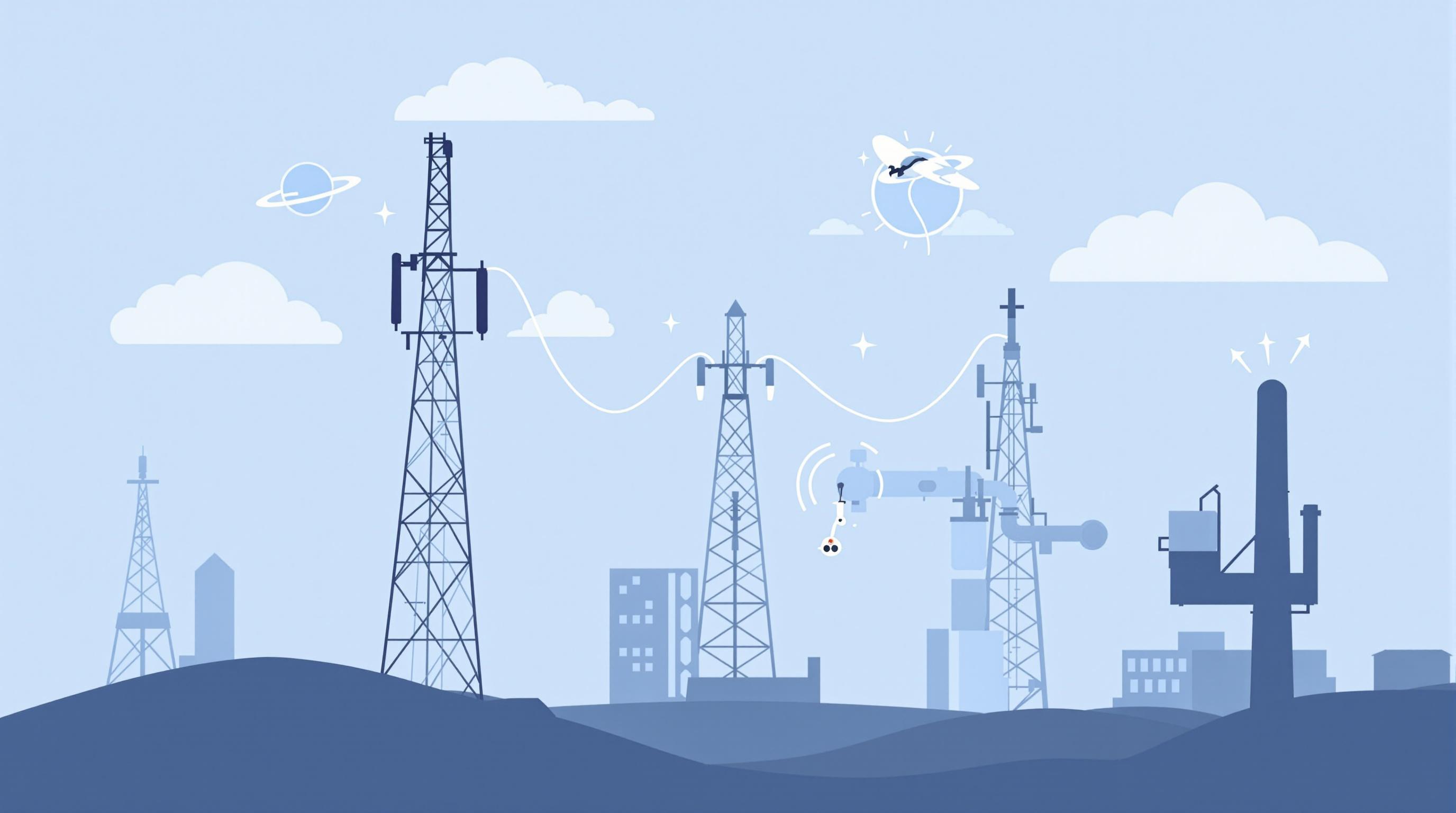Related Articles
- Uncharted Frequencies: The Surprising Role of Subcultures in Shaping Global Digital Landscapes
- Wired Whims: The Unexpected Role of Niche Online Communities in Shaping Global Digital Trends
- Fragmented Signals: Exploring the Shadows of Digital Divide in Emerging Economies and Its Impact on Global Unity
- Decoding the Invisible: How Microbial Communication Could Revolutionize Digital Interactions
- Cryptic Channels: How Encrypted Messaging Platforms Are Reshaping Trust and Transparency in Online Interactions
- Mysterious Modes: The Rise of Cryptographic Channels in Secret Online Dialogues and Their Hidden Impacts
7 Intriguing Insights into the Evolution of Telecommunication: From Ancient Messages to Modern Signals
7 Intriguing Insights into the Evolution of Telecommunication: From Ancient Messages to Modern Signals
7 Intriguing Insights into the Evolution of Telecommunication: From Ancient Messages to Modern Signals
1. The Dawn of Communication
The history of telecommunication can be traced back to ancient civilizations where the need to convey messages over distances became apparent. Using smoke signals, drums, and even visually coded flags, early humans devised primitive yet effective methods for communication. These methods allowed them to send alerts, share news, and coordinate activities.
In ancient China, the use of smoke signals was particularly notable, as it paved the way for organized military communications. Using a series of fires and smoke patterns, commanders could relay messages across vast territories—a crucial advantage in warfare. Similarly, the Inca Empire deployed relay runners known as “chasquis” to carry messages across difficult terrains.
These foundational communication methods showcased humanity’s innate desire to connect and collaborate. Though rudimentary, they set the stage for the more complex systems that would follow, ultimately transforming human interaction.
2. The Advent of Written Communication
As civilizations progressed, the need for more sophisticated communication led to the development of written language. Ancient Mesopotamia is credited with one of the earliest forms of writing, cuneiform, developed around 3200 BCE. This allowed for the preservation of information, resulting in more reliable communication over time.
Written documents enabled societies to maintain records, conduct trade, and formalize agreements—further enhancing social organization. The introduction of papyrus in Egypt further amplified this written communication, allowing for scrolls that could be easily transported and shared.
By establishing written language, cultures could communicate beyond immediate time and space, an innovation that would have lasting implications for civilization. The exchange of ideas and knowledge in written form contributed directly to the development of literature and science.
3. The Invention of the Printing Press
The 15th century witnessed a monumental leap in communication technology—the invention of the printing press by Johannes Gutenberg. This innovation revolutionized the way information was disseminated, allowing for the mass production of written material. Books, pamphlets, and newspapers became accessible to the general public for the first time.
The printing press not only democratized knowledge but also enabled ideas to flourish. Important texts, such as Martin Luther’s “95 Theses,” were widely circulated, sparking waves of social and religious reform. The impact on education was profound, as literacy rates began to rise across Europe.
This shift towards print culture laid the groundwork for the Enlightenment, a period marked by philosophical and scientific advancement. The ability to share information quickly and broadly infused society with a dynamic exchange of thoughts that had been previously unimaginable.
4. The Birth of Electrical Communication
The 19th century ushered in a new era with the advent of electrical communication systems. Samuel Morse’s invention of the telegraph in the 1830s marked a significant turning point, allowing messages to be transmitted over long distances almost instantaneously using Morse code. This dramatically altered communication by making it faster than ever before.
The telegraph connected people in ways that had formerly been constrained by geography. Businesses could now communicate negotiations and decisions with promptness, while newspapers could break news stories faster than the printed editions could deliver them. This predicated the concept of real-time communication, which forms the backbone of today's digital age.
As a result, society became more interconnected, leading to advancements in commerce, governance, and social communication. The telegraph served as a precursor to future innovations, demonstrating the power of electric signals in shaping the socio-political landscape.
5. The Rise of the Telephone
In 1876, Alexander Graham Bell revolutionized communication once again with the invention of the telephone. By converting sound into electrical signals, the telephone made it possible for individuals to communicate directly over long distances in real-time. This invention was a game-changer, bringing personal communication into the modern age.
The widespread adoption of telephones transformed not only social interactions but also business practices. Suddenly, companies were able to manage transactions and customer service affairs with unprecedented efficiency. The idea of a “global village” first emerged in the wake of this telecommunications revolution, as people could connect across countries and cultures more easily than ever.
The telephone also paved the way for future innovations, such as voicemail and fax technology. While considered revolutionary at its inception, the telephone continues to evolve, adapting to new communication needs and seamlessly integrating into modern life.
6. The Birth of the Internet
The late 20th century saw the emergence of the Internet, a monumental advancement that redefined telecommunication. Initially developed as a military project, the Internet soon transformed into a public resource that connected millions worldwide. Its ability to facilitate instant communication, share knowledge, and create communities was unparalleled.
Email, voice over IP (VoIP), and instant messaging emerged as popular forms of communication, continually evolving alongside social media platforms. The Internet became an indispensable tool for interpersonal communication, entertainment, and commerce, altering societal norms and human interaction significantly.
With the rise of the Internet, the concept of communication expanded to include multimedia and instantaneous interaction. The digital age brought forth new languages, protocols, and practices, fundamentally changing the ways in which we share information and relate to one another.
7. The Mobile Revolution
The 21st century has witnessed the mobile revolution, with smartphones becoming ubiquitous communication devices. The combination of mobile computing with Internet access has enabled people to communicate through voice, text, video, and social media from virtually anywhere in the world. This has created an unprecedented level of connectivity.
Mobile applications have redefined how we interact, conduct business, and share experiences. From instant messaging to video calls, the capabilities at our fingertips have blurred the lines between personal and professional communication. Furthermore, data-driven insights have allowed companies to tailor their marketing strategies closely to consumer behavior.
As we look toward the future, the integration of artificial intelligence (AI) and the Internet of Things (IoT) promises further advancements in telecommunication. The ongoing evolution of communication technology challenges us to consider both the opportunities and the ethical implications of our increasingly interconnected world.





